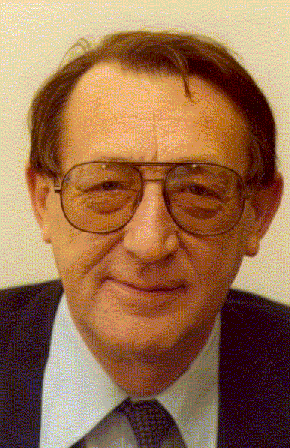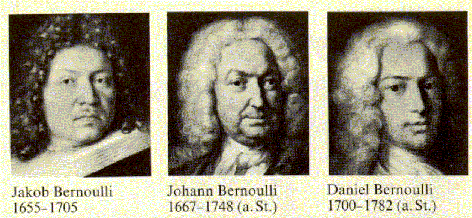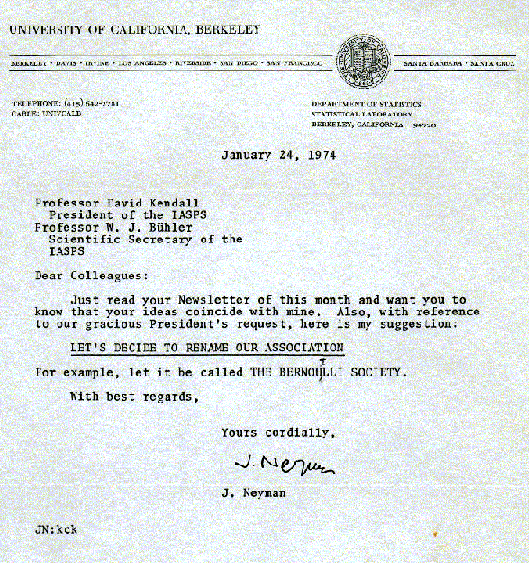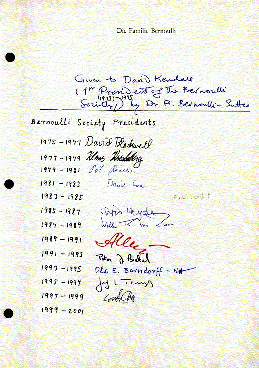| The Creation of Bernoulli Society - II |
An intensive correspondence and diplomatic activity started. Joe Gani and Jim Durbin invited David Kendall, President of IASPS, to investigate the possibility for a transformation.

David Kendall
The reactions of the two committees were indeed positive. At its York meeting in June 1974, the CCSP agreed in principle to affiliate itself to the new society. The committee welcomed that I would change my chairmanship of the committee for the Scientific Secretary-ship of the Bernoulli Society. As part of the agreement, the CCSP proposed Julian Keilson for nomination on the new council of the Bernoulli Society. IASPS President Kendall replied that this was not immediately feasible as the IASPS statutes were still in vigour and therefore not more than two council members could come from the same country. Now, both Marc Kac and Marvin Zelen were already elected for the period 1973-77. Kendall left Keilson the two alternatives to either shoot one of his compatriots or to change his nationality. Keilson was later elected for the period 1977-81. However, his interests in the activities of the Bernoulli Society decreased rapidly.
Similarly, at the meeting in Prague in August '74, the IMS Committee for European Meetings reacted favourably. It welcomed that its chairman Jim Durbin would become the Treasurer of the new society. The President of IMS at that moment, Fred Mosteller, said that the creation of the reconstituted IASPS made him envious as he had always wanted to be a Bernoulli.
After a final set of cosmetic changes, the draft of the rewritten statutes was submitted to the ISI Bureau on 4 September 1974. The Bureau, under the administrative guidance of ISI Director Bart Lunenberg, gave its blessing to the new developments.

Bart Lunenberg
On 1st March 1975, Kendall wrote to all IASPS members with the request to cast a vote on the proposed amendments. The outcome was made public in a letter of 6th June from the ISI Permanent Office to Kendall. Of the 126 valid ballots, 101 voted in favour, 20 voted against while there were 5 abstentions. The ballots are in the ISI archives at the Permanent Office. Also those of the 20 members that voted against. Some of them made use of all the blank space on the ballot paper to express their disappointment with the changes. Here are two of them.
Also the fact that the name Bernoulli was too European was voiced a couple of times.
As amendments to the Statutes of an ISI-subsection are only subject to approval by the ISI-Bureau, IASPS ceased to exist as such on 10 June 1975 and was immediately reconstituted into the Bernoulli Society for Mathematical Statistics and Probability. David Kendall transferred the presidential responsibilities to his successor David Blackwell during the ISI-session in September 1975 in Warsaw. At this meeting, the Bernoulli Society held its first official General Assembly. From then on the society started to live its own life.
Neyman's reasoning behind this name was that the Bernoulli's had been covering most areas of scientific knowledge. The Bernoulli's form a large family of mathematicians, physicians, pharmacists, physicists, geologists, lawyers, priests and teachers, but we also find a fair number in trade and commerce. Let me single out a few Bernoulli's that are close to the goals of the society. The most well-known is Jacob (1655-1705), mathematician, astronomer and the author of Ars Conjectandi. He applied probability theory to moral, political and economic subjects. Then there is Johann (1667-1748), brother of Jacob, chemist, mathematician and (as you might not know) discoverer of de l'Hôpital's rule. A third is Daniel (1700-1782), son of Johann, mathematician and philosopher. These three Bernoulli's can be seen on the figure below. Further there is Niklaus (1687-1759) who was responsible for the printing of the Ars Conjectandi in 1713. These four are just a few from a very remarkable family.

Three members of the Bernoulli family
In 1974, when Kendall was redrafting the IASPS-statutes, Neyman was still alive. He wrote the letter to Kendall on 24 January reproduced below. It is most remarkable that Neyman inserted the second "i" in the name Bernoulli. This reminds me of a beautiful story about De Morgan that I learned among many other things from Steve Stigler. At a very young age De Morgan had lost the sight of an eye. Once an actuary by the name of Hendricks approached De Morgan on one of the Bernoulli's but spelt the name wrongly, that is with two i's. "Oh," replied De Morgan, "you have deeply offended me. Pray always keep in mind the personal interest I take in one-eyed philosophers".
At the time of the restructuring of IASPS, Arthur Linder mentioned to David Kendall that he became acquainted with one of the Bernoulli descendants in Switzerland. Kendall got in contact with Peter Ferdinand Bernoulli-Stiffler, a chemist living in Basel, Switzerland, who did graduate studies at the Manchester College of Technology. Kendall requested the Bernoulli family to allow the society to use elements of the Bernoulli family's coat of arms. This is the reason for the argent and vert colours on all of the Bernoulli stationery. Peter Bernoulli offered a book to Kendall with the family history and genealogy. It was Kendall's intention that this book should be passed from president to president at the occasion of the take over at the ISI-sessions.

Letter of J.Neyman to D.Kendall
As soon as the European Regional Committee of IMS became the first regional committee within the Bernoulli Society, official relations between IMS and the Bernoulli Society came to a standstill. No liaison was even appointed between IMS and the newborn society and this remained the case for many years. To avoid friction, the Bernoulli Society never seriously pondered to establish a North American Regional Committee although the idea has been phrased occasionally.
The first jointly organized activity was a satellite meeting to the Amsterdam ISI-session in 1985. In August that year a Conference on Mathematical Statistics and Probability was held in Maastricht. A major breakthrough however came with the jointly organized Second World Congress of the Bernoulli Society in Uppsala, Sweden in 1990. This change resulted from the fact that since 1988 there existed a genuine Coordination Committee between the two societies; it had been established by Bernoulli President Willem van Zwet and IMS President Peter Bickel. In the meantime four of the Bernoulli Society Presidents came from IMS circles.
We can only hope that this fruitful collaboration will continue and may even extend to issues where both societies are gearing towards the same goals like international cooperation and publications.
Let me add a personal wish. If any one among the readership of this publication still has documents or knows colleagues having documents related to the history of the Bernoulli Society, please, don't burn them yet. I would only be glad to add them to the Bernoulli Society archives that will be stored at the ISI Permanent Office.
Jef L. Teugels
Katholieke Universiteit Leuven

Signatures of BS presidents
| The Creation of Bernoulli Society - II |